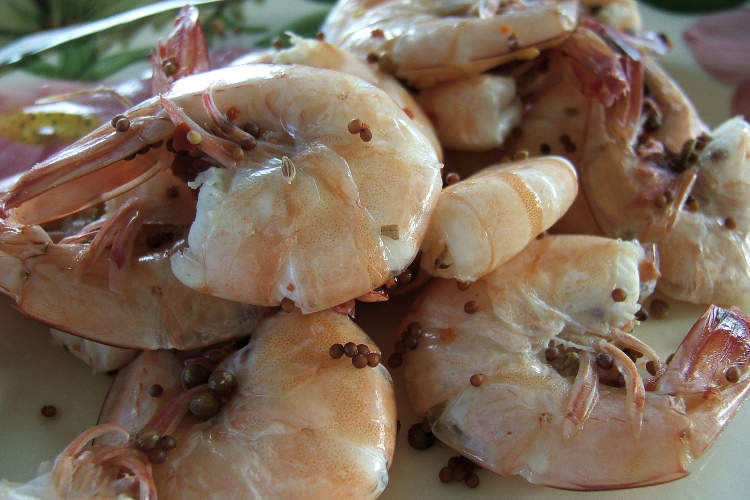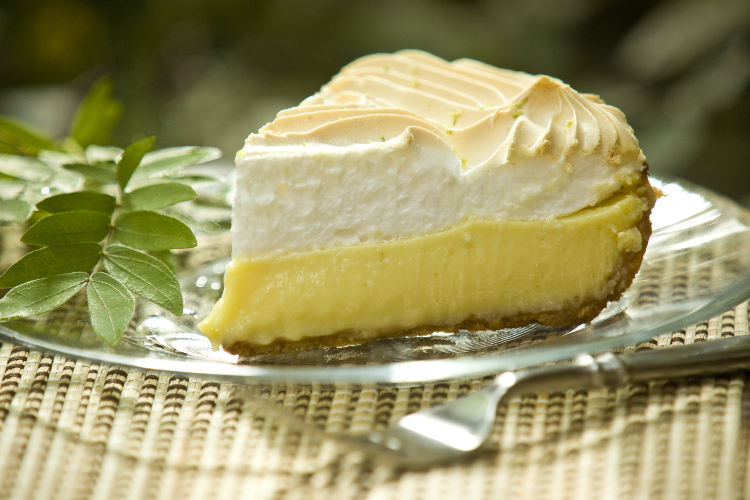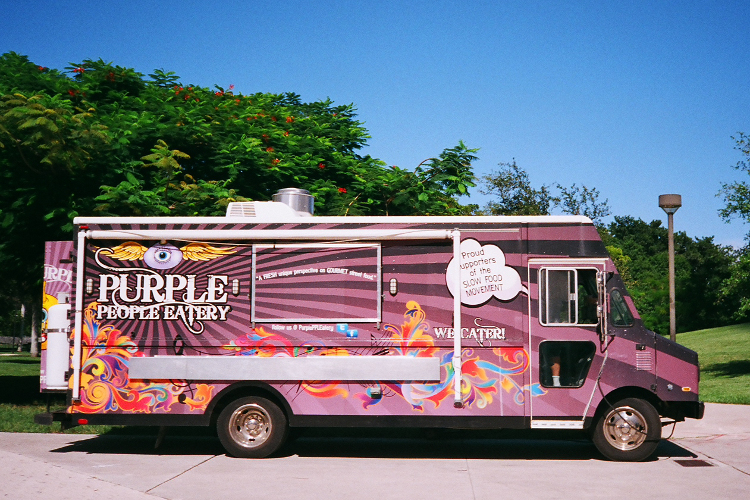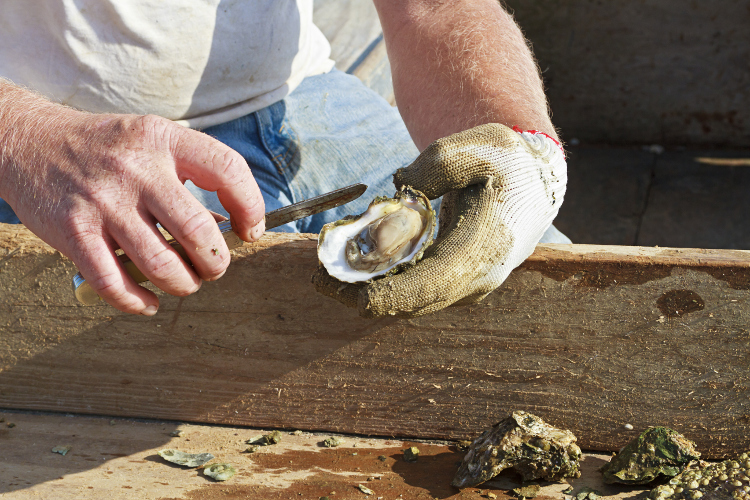Locavores are infiltrating suburban neighborhoods, planting vegetable patches in schools and advocating passionately for sustainable agriculture. With each farm-to-fork bite the message is spreading: slow food is more convivial than fast; local is more friendly than global; and fresh, organic ingredients simply taste better than the rest.
With Florida’s food industry contributing $100 billion to the state’s economy, it comes as a surprise that Florida placed in the bottom 11 states of the 2014 Locavore Index. This despite being the country’s biggest producer of citrus and harvesting the majority of the continent’s winter vegetables. But what’s the reason?
At the turn of the 20th century one in three Americans worked on a farm and ate locally grown food. Now only 2% do and those that left for the cities also left behind the food that they ate and the culture it was embedded in. Reconnecting with this fresh food culture is the focus of a new generation of farmers, fishermen and chefs who are determined to get Florida produce back on local plates. Take a mouthful of sea and sunshine with this round-up of some of the most exciting fresh Floridian fare.

Nowadays American shrimp accounts for less than 10% of all shrimp consumed in the US. Not so at Dixie Crossroads where wild-caught East Coast shrimp are a passion. Family-owned by the Thompson’s in conjunction with Wild Ocean Seafood Market , this Titusville institution is almost single-handedly preserving the traditions of Cape Canaveral’s shrimping boats. Tour the Wild Ocean docks and watch crews unload mounds of West Pink, brown, Royal Red and rock shrimp and then head to Dixie Crossroads for tasting plates. There is an extraordinary diversity of flavor and texture: from the firm, springy lobster-like taste of rock shrimp to the velvety sweetness of the rare Royal Red.
Part snorkeling, part treasure hunt, and a great family-friendly food adventure, some of the world's best recreational scalloping can be found in Florida. Between July and mid-September, when the summer heat bears down on the glassy Gulf waters, families flock to Cedar Key, Suwannee, Steinhatchee, Crystal River and Homosassa with their snorkels, fins and dipping nets. Book ahead for a bed at the limited number of fish camps and you’ll be well rewarded. The annual crop of scallops is thriving in the shallow turtle grass. The limit is two gallons per person (or 9 liters) and adults need a fishing license to harvest. If you don’t have your own boat, local captains like William Toney and David Jefford charge around $300–350 for a half-day trip, while group scallop tours run by Majestic Manatee Tours charge $75 per person.

Few topics in Florida generate as much controversy as the subject of its state pie. There are countless recipes, but few truly adhere to authentic ingredients, which means bona fide key limes; the yellow (not green) fruit of Citrus aurantiifolia from the Florida Keys. Part of the problem is that the Keys lime crop was decimated by a hurricane in 1935 so now key limes are only grown domestically. Getting your hands on them isn’t always easy, but for a classic introduction you can’t go wrong at Mrs Macs Kitchen where everything (crust, filling and cream) is homemade. MA’s Fish Camp offers a richer, more tart filling and a meringue topping, as does Blue Heaven . But, for a treat, head to Lazy Days where you can indulge in the creamy, sweet tart with your toes tucked in the sand.
The process of making bottarga (sun-dried, salt-cured, pressed grey mullet roe) has long been a tradition in the Mediterranean where it is considered a delicacy akin to caviar. But the waters around Cortez abound with some of the largest, finest grey mullet in the world, much of which has been undersold to Europe for years. That was until Seth Cripe and Ed Chiles set up the Anna Maria Fishing Company in 2007. Now they hand-make bottarga much as it was thousands of years ago; using hand-thrown nets, the mullet roe is harvested and salted within a few hours of landing at the dock. The result is one of the finest tasting bottargas in world, with a subtle seashore flavor that accents seafood and pasta dishes as well as providing a delicious pizza garnish. Buy it online, or if you’re in Cortez stop by the Star Fish Company to dine on locally caught smoked mullet with a side of grits.

Small and mobile, food trucks live or die by the quality of their food and the denizens of Miami are a critical, cosmopolitan bunch. To sample the latest culinary trends on four wheels, head north of the city to the Young Circle Park in Hollywood, where the city’s food trucks gather like a herd of gastronomic wildebeest every Monday from 5:30pm. They include Purple People Eatery offering gourmet bison burgers, Jefe’s Original Fish Tacos & Burgers , Don Mofongo serving Caribbean food, and many others.
Once a dark hole of national chains and overpriced theme-park fare, Orlando is embracing the locavore movement with a passion and today it is easy to find creatively inspired and delicious locally sourced food. Ravenous Pig is the cornerstone of the trend with a menu that includes burger with truffle-oil fries, the state's seafood specialties and quirky twists on classics. Other favorites include K Restaurant, run by field-to-fork star chef, Kevin Fonzo, and Cask & Larder, which focuses on Southern fare such as crawfish grits. To pack your own picnic, head to East End Market, a two-story food hall full of small-scale producers and food entrepreneurs.
Chef Steve Phelps is a leading light in Sarasota’s locavore scene, which he strives to exemplify in his aptly named restaurant, Indigenous. Nor has his work gone unnoticed: the restaurant received Florida Trend’s Golden Spoon Award in 2012 and Phelps himself garnered a James Beard nomination for Best Chef: South in 2014. Aside from its locally sourced ingredients, Indigenous stands out for the ‘Hook to Fork’ section of its menu, featuring fish from St Petersburg-based seafood provider, Sammy’s Seafood . Each fresh-caught fish from Sammy’s comes with a TRACE card allowing diners to research their fish from their smart phones. This way sustainably minded locavores can learn the date and catch location of their fine fillet, as well as the method of each catch (hook, line or spear) and the captain that brought their dinner aboard.

Apalachicola Bay supplies 90% of Florida's oysters, and is one of the last places in the US where the salty bivalves are harvested by hand by oystermen in small wooden boats. Get that straight-off-the-boat experience at one of the town's raw bars. Up the Creek Raw Bar is one of the best with a variety of toppings that will make even oyster newbies come back for more. Outside of town on the 30A, the Indian Pass Raw Bar has been serving the area with fresh oysters for over 100 years. Inside it's a basic affair: grab a beer from the cooler and take a seat at the shared table, if you can find a spot. The menu, posted above the bar, is simple: oysters three ways (raw, steamed or baked with Parmesan cheese), crab legs and a handful of shrimp dishes. It's one of the true classics of Old Floridian culture.